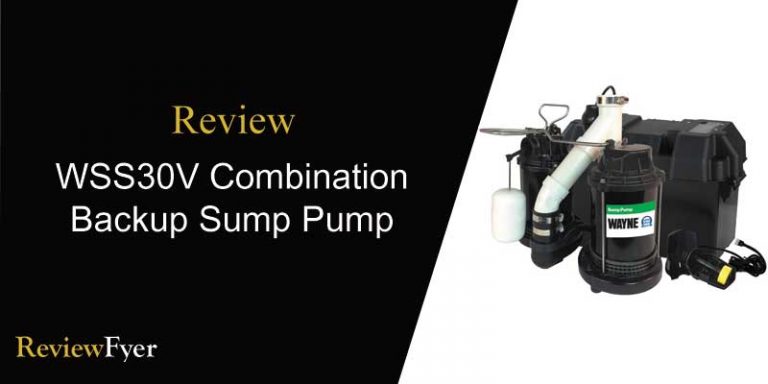How To Replace A Shallow Well Pump
Over time, bits of grit, clay, sand, and other material in groundwater may collect at the bottom of the shallow well pump casing. As silt builds up and comes in contact with the pump, the pump will draw it up from the base and force it into your house. The silt and other deposits may also contaminate the groundwater, and you will need to replace the pump. Replacing a shallow well pump involves removing the old pump and installing the new one.
- Before installing the new pump, always change the voltage.
- Turn off the power supply
- Unplug the water supply line
- Release the pressure from inside the pump
- Let the water out of the pump
- Take off the incoming pipeline
- Take out the other incoming pipeline that leads to the tank
- Detach the wiring
- Installing the new shallow well pump
Tools:
- Foot valve
- Thread sealer
- Wire brush
- Adjustable wrench
- Pipe wrenches
How to replace a shallow well pump
Step 1.
Replace the foot valve
The foot valve stops the water from running back if the pump keeps running or overheats. Use the adjustable wrench to unscrew the bolts atop the sell sealer. The well sealer is a flat plate that connects to the wellhead. It stops dirt and other particles from getting inside the well shaft.
Release the bolts and take out the pipe and seal from the well housing.
- Use a pipe wrench to detach the union fixture on the wellhead.
- Take out the pipe and lay it level on the ground.
- Fit the pipe wrench to the plate atop the foot valve.
- Open the next pipe wrench and fit it onto the bottom of the well pipe. It sits a few inches over the foot valve.
- Release the screw and take out the foot valve from the well pipe base.
- Use a wire brush to clean away any material on the threads.
- Clean the threads with a coat of thread sealer.
- Attach the new foot valve to the well pipe and fasten it with a pipe wrench.
- Replace the pipe inside the shallow well.
- Re-attach and fasten the union fixture.
- Re-fasten the bolts on the well seal.
- Start to prime the well before reconnecting the power supply.
Step 2
Insert the new pump
- Install the new shallow well pump into the well system. Cover the well to stop any stuff from falling into the well.
- Check to ensure the pipe connections inside the suction cup are air-tight and water-tight. Sealing the suction pipe helps block air from entering the pump. It may also stop it from drawing water out.
- Tweak the pump mounting height so that the connections do not put pressure on the body of the pump.
- Prop the pipe to prevent the pump from handling the weight of the pipe and fittings.
Step 3
- Start by mounting the pump as near as possible to the shallow well.
- Connect the filter, foot valve, and well pipeline. Ensure the foot valve is spinning freely.
- Let the pipe down into the well. Make sure the filter is at least 5 feet over the base of the well, and not less than 10 feet under the water level.
- Insert the priming fixture, plug, and pressure gauge onto the discharge port in the pump.
- Use a few pipe elbows to connect the pipe running from the well to the suction port in the pump.
- The suction pipe must be close to the same size as the pump’s suction port.
- Secure the pipe to reduce any sag that may rest on the pump body.
Also, leave a slight slope upward from the well to the pump. The slope is necessary to prevent any airlocks that may cause the pump to break down. Use some joint compound or sealant tape to cover the suction joints to make them air-tight and water-tight. If any air gets into the suction pipe, the pump will not be able to draw water from the well. When you start to cycle the new pump, let the pump run and take a water sample for testing. If there is no silt, salt, or sand present, you can go ahead and run the pump.
Conclusion
Replacing your shallow well pump is necessary if it starts to malfunction because of a buildup of material in the well casing. Installing a new pump will ensure that the groundwater is free of contaminants.


